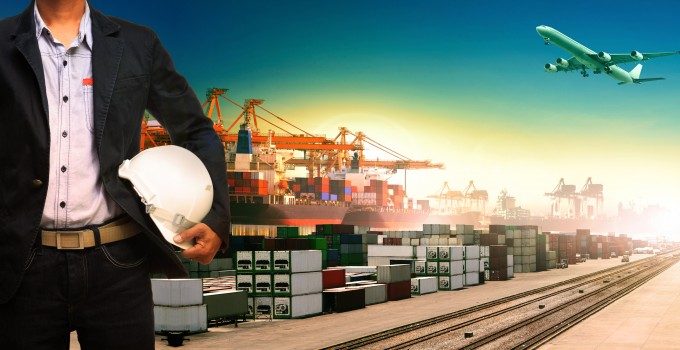Container trade economics – what to look for now
Making sense of a fools’ game

As container shipping lines prepare to introduce a new round of peak season surcharges on the trunk Asia-Europe trade, overcapacity is causing forwarders to fear that rates are set to undergo another period of profound volatility.
“I think that at the moment we are at the ...
Keep our news independent, by supporting The Loadstar
Rapid transpacific capacity build-up continues – can USWC ports handle it?
Red Sea crisis has driven most new capacity into extended Asia-Europe trades
Crew forced to abandon ship in latest fire on vessel carrying EVs
Carriers on the hunt for open tonnage again as transpacific rates soar
The Loadstar Podcast | Transport Logistic and Air Cargo Europe 2025
'Now or never' for Kuehne and DHL GF to hit back at DSV
Uncertainty drives Yang Ming fleet boost as focus switches to Asia-Europe trades
Asia-West Africa ULCV deployment opens new markets for carriers
Carrier price hikes hold, driving spot rates higher as space gets scarcer
Project cargo: oversized and heavy, posing risks outside the norm for ports
CMA CGM eyeing multi-billion euro investment programme in Algeria
News in Brief Podcast | Week 22 | Trump’s tariff hurdle, ocean schedule reliability, and rate rise
Air cargo players still wary of long-term block space deals – 'a risk on both sides'
Longer-term planning needed as noise out of Washington distorts the market
Geely splashes out to meet growing demand by chartering its own car-carrier

Comment on this article
Yvan
July 20, 2012 at 2:45 pmVery informative article from Gavin as usual .
I will add that liners are currently all (re)announcing a general slow steaming strategy to absorb more capacity and secure fuel saving in the long run. Customers take the hit once again.
Gavin van Marle
July 20, 2012 at 5:16 pmDid they really need to (re)announce that?! “Slow steaming is here to stay” is repeated by every carrier at every opportunity they have. It has become the new industry mantra.
niamh
July 23, 2012 at 6:30 amThe capacity issues creates imbalance between the demand and supply of the product. Container supply will surely decline.
Cherry Wang
July 23, 2012 at 11:14 amThe key question is how the imbalance will be addressed – it’s evident that there is an imbalance right now, but how carriers manage their capacity is another issue.
Cherry Wang
July 23, 2012 at 9:12 amInteresting points raised Gavin.
Most of the chartered vessels, as you highlighted from Alphaliner above, are below the panamax size category. With a number of the new vessels being delivered in the ultra large size category (>9,000 teus) and mainly deployed on the Far East – Europe / Middle East / Med trade lanes, overcapacity will strike again as Europe is imploding. So I think it will be interesting to see how carriers choose to allocate their loses – either by running vessels at low utilisation levels, idling vessels, cascading, or deploying vessels on other trade lanes (if possible).
Gavin van Marle
July 23, 2012 at 11:24 amMy current sense is that the lines are heading towards your former option – operating at lower utilisation levels while clinging on to as high rates as possible. I’m just back from interviewing carriers in Hamburg, and came away with that impression. And I think this speech from Hapag-Lloyd’s Jesper Praestensgaard gives further credence to this change in mindset: https://theloadstar.com/why-kill-the-carriers-for-just-2-of-costs-asks-hapag-lloyd/